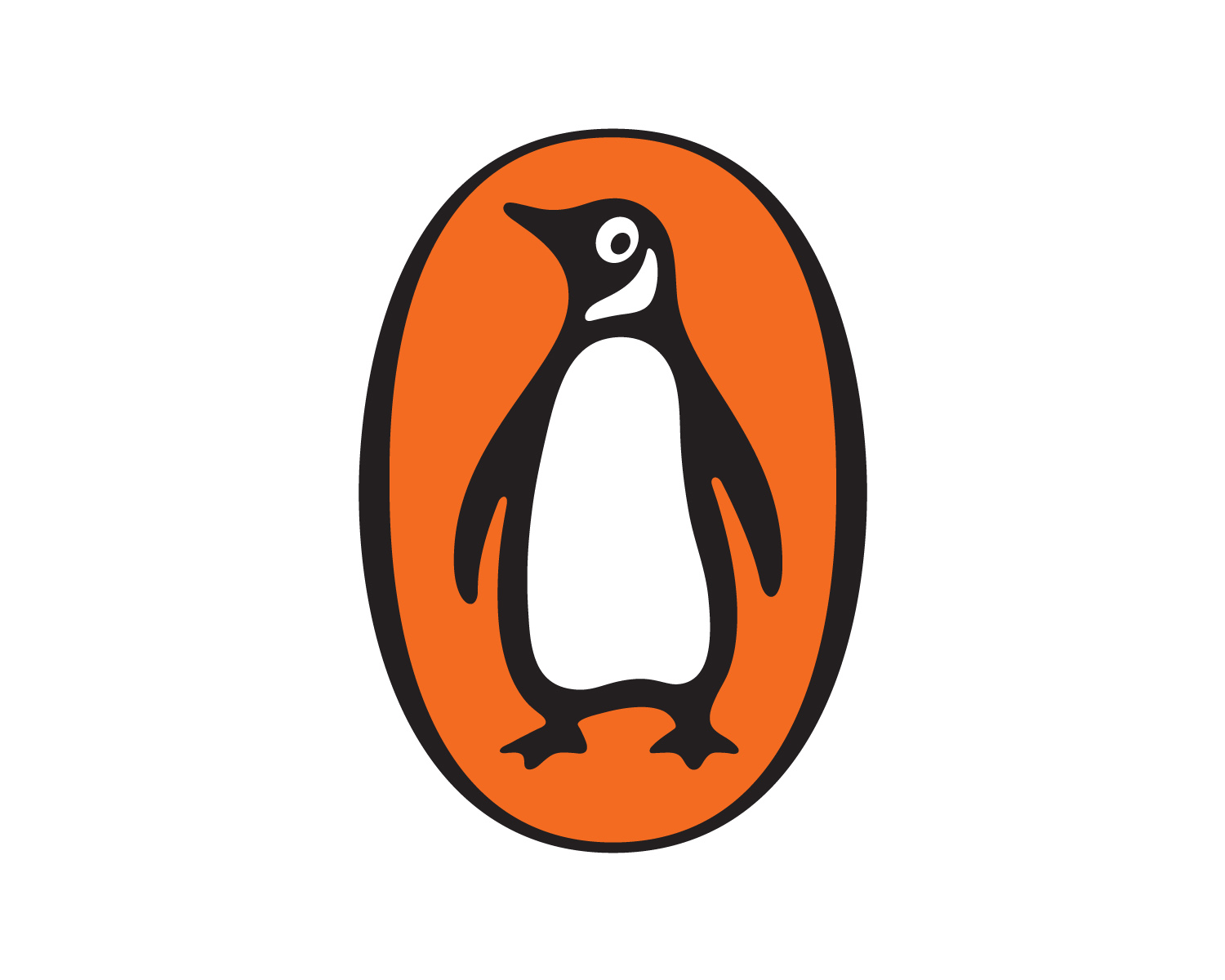The Gold Eaters (41 page)
Authors: Ronald Wright

H
ow much of
The Gold Eaters
is trueâinsofar as truth can be deduced from a patchy, complex, and sometimes contradictory historical record? I have kept to the skeleton of fact, adding flesh where fiction demands. The main events happened, and most of my characters are based on people known to have taken part in them. Inca and Spanish leaders are much better documented than ordinary folk, of course. After the raid on the Inca ship, a young Peruvian (perhaps several) was kidnapped and taken to Spain. The Spaniards dubbed him Felipe or Felipillo. Meanwhile a Spaniard named Molina was left ashore at Tumbes, his subsequent fate uncertain. Most sources agree that Felipe was the interpreter at Cajamarca six years later, and in Cusco.
Felipe's life after that is less clear, but accounts have him rebelling against the Spaniards during Almagro's invasion of Chile. There is no evidence he ended up in the Inca Manku's kingdom, though it's not impossible; other go-betweens and fugitives certainly did, not least Manku's assassins. Felipe's own name and family are unknown. I've called him Waman in honour of Felipe Waman Puma, the indigenous writer and artist whose work so brilliantly illuminates the Peruvian experience of those tragic times.
Specialists will know the freedoms I've taken. The definitive modern history is John Hemming's superb
The
Conquest of the Incas
(1970). James Lockhart's
The
Men of Cajamarca
(1972) is indispensable for details of Pizarro's army and the melting of Atawallpa's ransom. William H. Prescott's classic
History of the Conquest of Peru
(1847) still repays the reader. Kim MacQuarrie's
The
Last Days of the Incas
(2007) also gives a good account, especially on events after Cajamarca.
Many Spanish chronicles are available in various English editions. The best, and most fair-minded, is widely agreed to be Pedro de Cieza de León's
The
Discovery and Conquest of Peru
, first published in part in 1553, now available in full from Duke University Press (1998).
Of histories written by indigenous Peruvians, David Frye (2006) has made a well-abridged translation of the massive
First New Chronicle and Good Government
by Felipe Waman Puma (or Guaman Poma), written in the 1590s and early 1600s, though unknown until 1908.
The work of Manku's son Titu Kusi Yupanki (or Titu Cusi Yupanqui) has recently been translated twice, by Ralph Bauer (2005), and in a bilingual edition with the original on facing pages by Catherine Julien (2006).
The most famous history with an Inca perspective is the
Royal Commentaries of the Incas
, by Garcilaso de la Vega, El Inca, whose mother was Ãusta Chimpu Ocllo, a niece of Emperor Wayna Qhapaq, and whose father was a conquistador. First published in 1609, the work became a seventeenth-century bestseller which did much to establish a Utopian view of the Inca Empire. It was later deemed subversive and banned by Spanish authorities, though not before it helped inspire the great revolt led by Tupa Amaru II. The best translation is by Harold V. Livermore (1966).
â
I have modernized spelling of Quechua words and Inca names (Wayna Qhapaq for Huayna Capac, etc.) but have kept traditional
spelling for words and place names commonly used in English, such as Cusco (Qosqo or Qusqu), Cajamarca (Qashamarka), Huanuco (Wanuku), and quipu (khipu).
Some eyebrows may be raised by my assumption that quipusâbesides being mathematical in contentâwere a mature form of writing, but this is supported by recent research, most notably the work of Gary Urton. It is in any case hard to see how lengthy messages could have been sent thousands of miles, with hundreds of fast relays, if they needed spoken commentary.
Readers curious about the Inca language (also called Runasimi) can get started with Lonely Planet's Quechua phrasebook by SerafÃn Coronel-Molina (2008), much expanded and improved since a slim first edition done by me in 1989 with the help of Nilda
Callañaupa.
First thanks to the book's first readers, to whom I owe many helpful suggestions: above all Deborah Campbell, who read several drafts; also Anthony Weller, Denis Smith, Michael Wall, and my agents Jackie Kaiser and Henry Dunow. I am very grateful to Nicole Winstanley at Penguin Canada and Laura Perciasepe at Riverhead in New York, whose editing was all one could wish for; and to Alexander Schultz for his deft copy editing. Flaws that persist are my own.
I'm also indebted to many people for fruitful discussions about this book and historical fiction in general, especially Louise Dennys, George Lovell, Sarah Dunant, Colm TóibÃn, Annabel Lyon, Louise Doughty, Karen Robert, and Sarah Tidbury.
My thanks to Robin Vose for his insights and kind loan of early sources, to John Hemming for his inspiring work and conversations over the years, to Persis Clarkson for her knowledge of Chile, to the late Celia Toribia Chávez for the folk song (adapted) in chapter 10, to Shane Hawkins for information on period Greek, to Satva Hall for photography, and to Charles Montgomery, whose portrait of Inca Garcilaso watched wryly over my efforts.
I am deeply grateful to all the Peruvians and
peruanistas
âtoo many to nameâwho have been so kind, hospitable, and generous over many years of travel and research in their country.
I thank the Canada Council and the British Columbia Arts Council for their
support.
Looking for more?
Visit Penguin.com for more about this author and a complete list of their books.
Discover your next great read!
